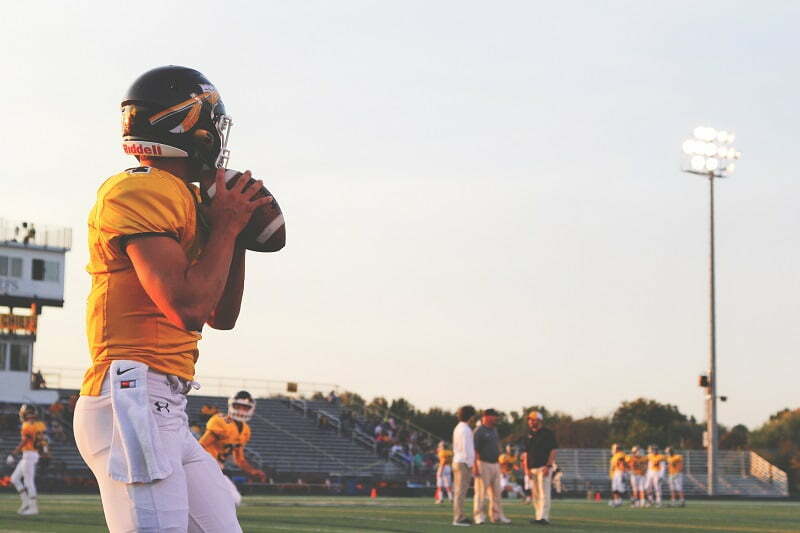Role of ACL
The anterior cruciate ligament (ACL) runs diagonally in the middle of the knee. The ACL is a primary stabilizer of the knee and serves many important functions. Without an intact ACL, the knee joint may become unstable and tend to give out or buckle. Unfortunately, the anterior cruciate ligament (ACL) injury is among the most common orthopedic injuries, especially for youth athletes.
Like many sports medicine surgeons, our team is passionate about preventing ACL injuries and improving the outcomes after ACL surgery, as evidenced by our participation in the SANTI ACL Research Network Study. Thanks to technological advancements in orthopedics, new techniques, and minimally invasive procedures continue to be introduced. Additionally, regenerative medicine continues to show promising results in orthopedics. The body’s natural cells, tissue, and blood to enhance healing has caught the interest of patients and surgeons alike.
ACL Reconstruction: Traditional Method
For most athletes, surgical intervention has historically been recommended for athletes to return to sport. Up until recently, ACL reconstruction was the gold standard for ACL surgery. The ACL is reconstructed using a piece of tissue taken from another part of your body (autograft) and used to create a new ligament. Common grafts used for ACL reconstruction are the hamstring tendon, quadriceps tendon, or patellar tendon. Your surgeon will select the graft type based on each patient’s individual situation.
ACL reconstruction surgery has been very successful; however, re-injury and failure of return to play can happen. Some surgeons believe ACL reconstruction may not always be the ideal solution or only option for all ACL injuries.
ACL Repair
Some ligaments have the potential to heal without surgical intervention. The ACL’s location and environment complicate this ligament’s natural healing. As technology and advancements in medicine occur, new solutions can overcome past challenges.
Orthopedic surgeons have recently investigated options to repair a partially torn ACL. In an ACL repair situation, the native ACL is repaired using sutures. This very strong suture device is used to repair the native ACL and restore knee stability. This suture device in the location of a normal ACL is used to hold the alignment of the knee joint in proper position while the ligament heals.
To support healing, the repair can be augmented with biological byproducts. See more on Platelet Rich Plasma, PRP injections.
ACL Repair vs ACL Reconstruction
Which is right for you? ACL repair is not an option for every patient and not performed by all orthopedic surgeons. Once the ACL is visualized, typically through MRI, your surgeon can determine if your ACL can potentially be repaired. If repair may be an option for the patient during surgery, this is discussed during the pre-operative visit. Many factors go into deciding if repair vs reconstruction is appropriate, including type of tear, age, activity level, and tissue quality. Most ACL repairs are done in an acute timeframe.
ACL repair and reconstruction have a similar post-operative recovery timeframe with ACL repair having a slightly quicker return to play post-operative protocol. This is due to the surgery being less invasive.
Dr. Matt Daggett discusses the difference between ACL Reconstruction and ACL Repair on Fox 4 News. Dr. Daggett was an early adopter to the re-discovery of ACL repair.


Learn more about ACL Injuries
Females more at risk for ACL tears than males
Learn more
Preventing an ACL injury
Learn how
5 things to know about ACL injuries
Learn more
Our Sports Medicine Surgeons



